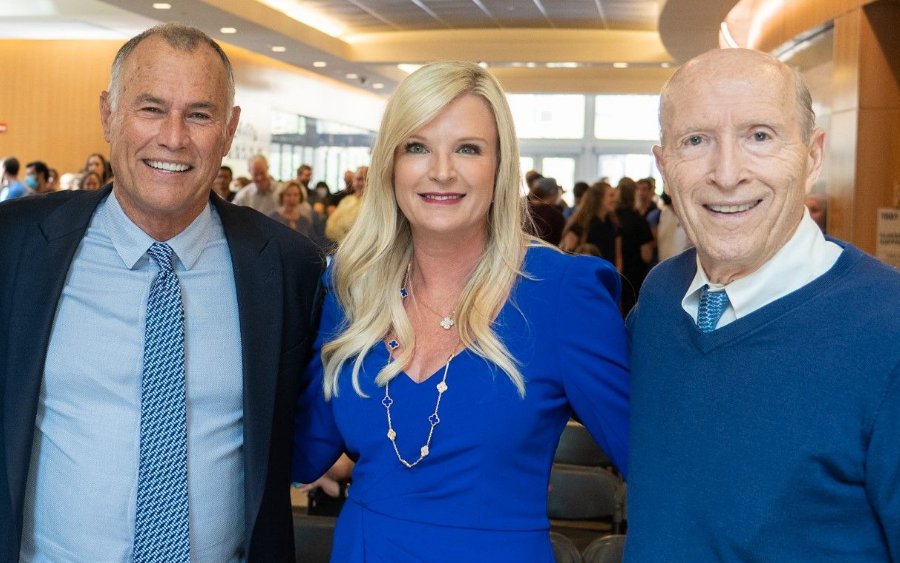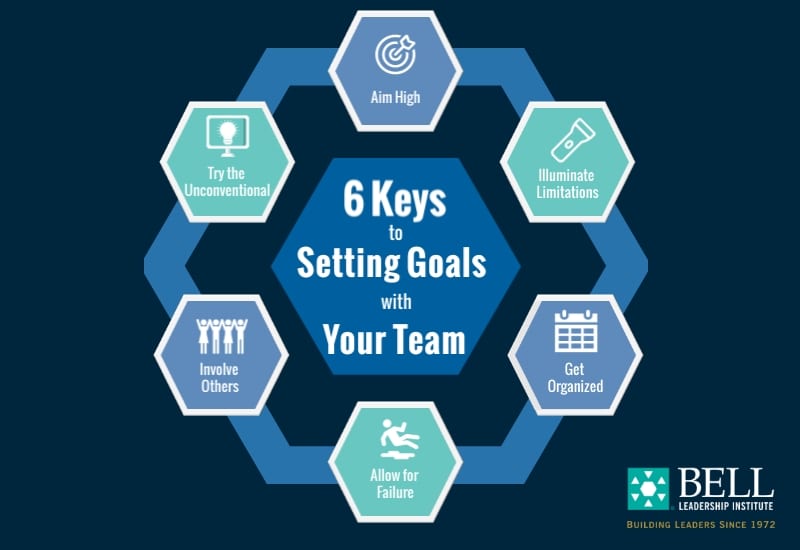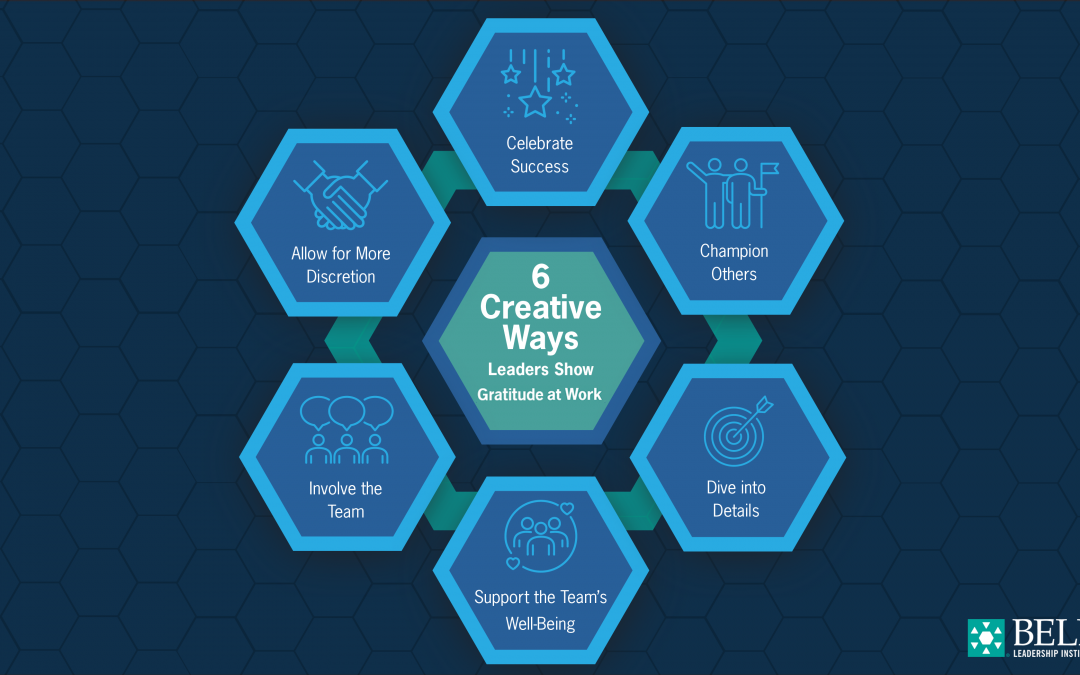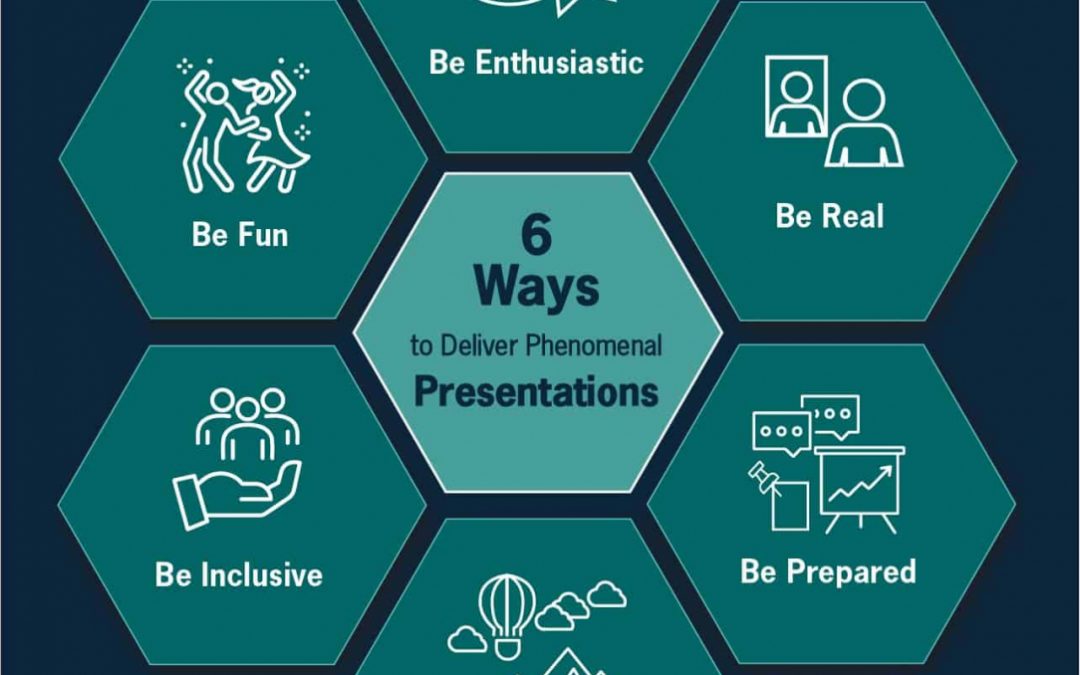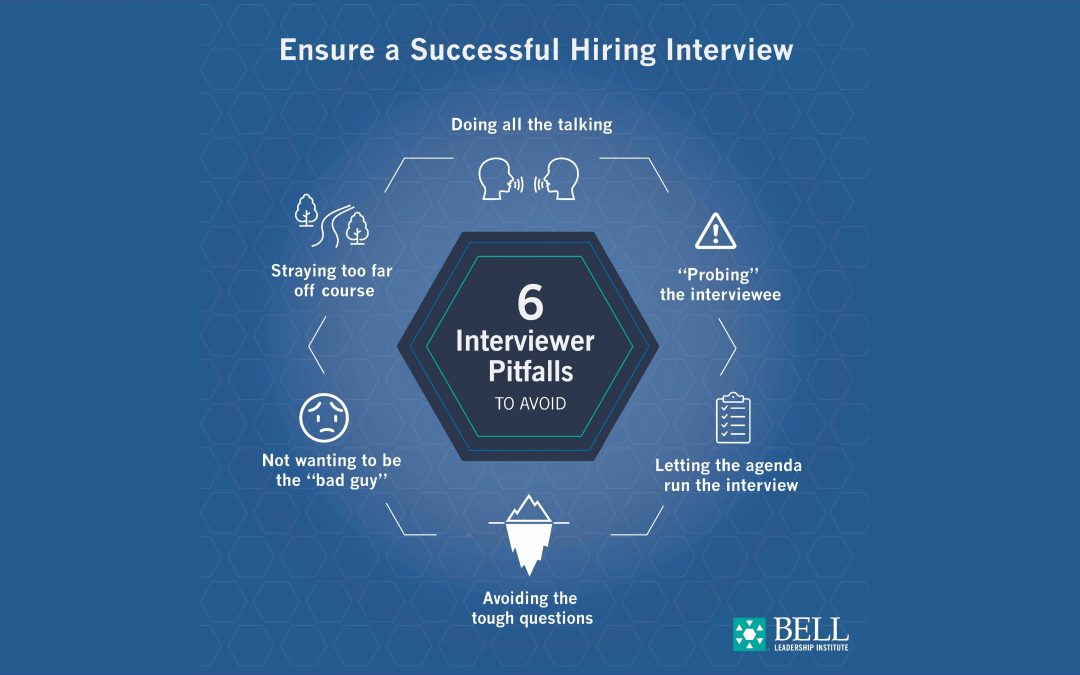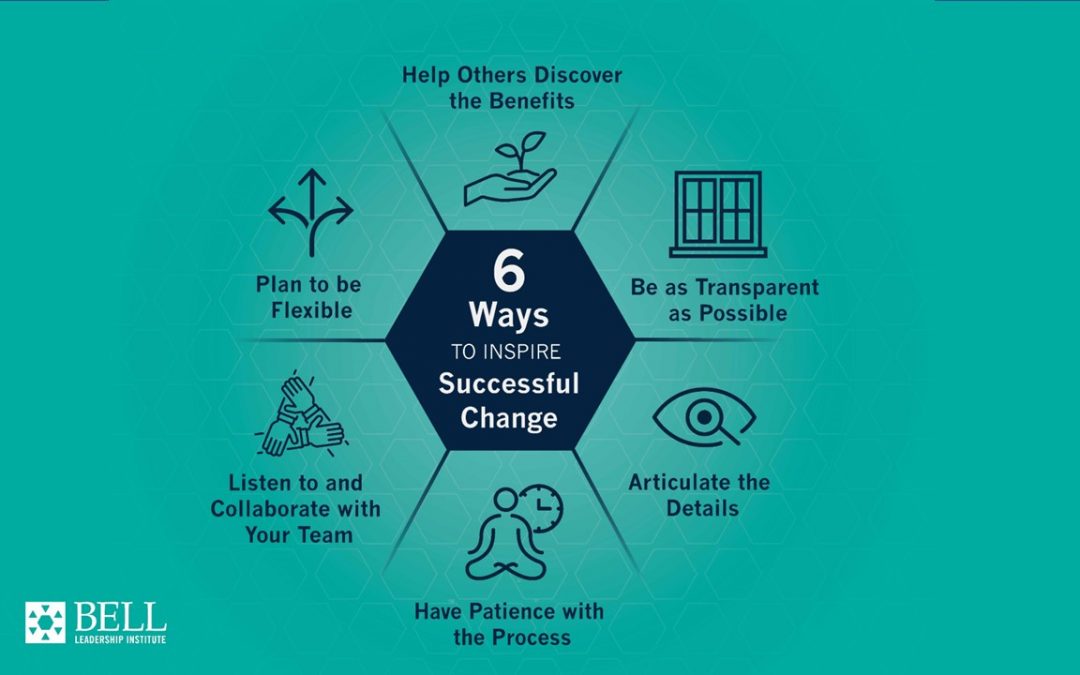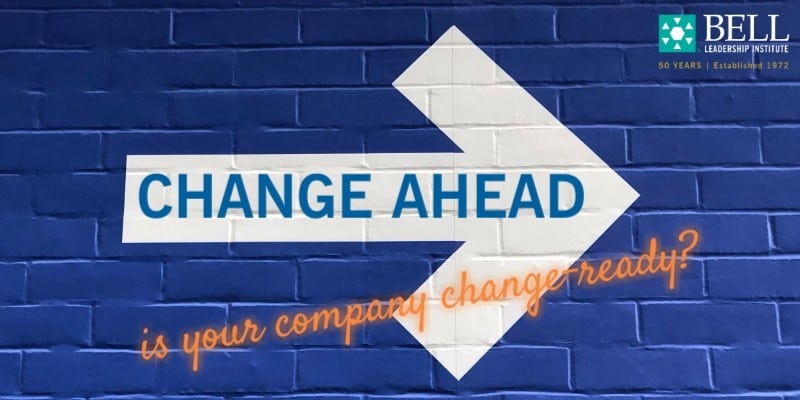
As a leader, it’s easy to underestimate the time required for true change. We can get fixated on end results and miss the most important part of the process—the people.
Implementing change is never a simple task. Leaders can be overwhelmed managing the technical details of the change, balancing the pros and cons of the effort, and campaigning to get everyone onboard with the new plan. With so many tangible impacts on the workings of your organization, it’s easy to lose sight of the emotional impact that occurs as well. But understanding and guiding your people through this more personal consequence can be the difference between a successful change and a disastrous one. If you’re looking to lead change in the manner of the most effective leaders, we recommend embracing and mastering these three steps:
1. Create Opportunity for Expression
Some leaders really focus their efforts on selling the change, emphasizing the benefits for the company and employees and dismissing or downplaying the losses. But a “positive vibes only” approach can leave employees feeling criticized for being too negative and unable to express concerns for fear of retribution.
Listening to and actively engaging your people is one of the first steps in getting them to accept change. The most successful change leaders don’t just make space and allow employees to express how the change affects them; they seek out feedback, creating opportunities and forums for their people to give input. They listen to new ideas, and they anticipate differing viewpoints. Ensuring a smooth transition through change means creating an environment where employees can express their reservations, fears, and questions about change—it means making them part of the change.
2. Allow Time for Transition
There is no such thing as “fast” change. Everyone needs time to process, both in physical implementation and in reckoning with their losses and eventual gains. Even those that are in favor of the change have internal processing to do. Leaders themselves take time to develop and come to terms with their plans, but by the time they’re ready to implement, they often forget that their employees haven’t been processing that change along with them. It’s not a matter of “just do this.” Everyone experiences some kind of loss. And things always take longer than you think that they should!
As a leader, it’s easy to underestimate the time required for true change. We can get fixated on end results and miss the most important part of the process—the people. Change usually occurs one level at a time. Sometimes people fall back, start again, have a breakthrough, and move forward. It’s all part of a necessary process. Effective change leaders crucially understand that change requires patience, resolve, and acceptance that change is hard.

3. Embrace a Culture of Change
Your organization exists at the pleasure of the environment it operates in. Flexibility, agility, resilience, innovation—these are all terms to describe how businesses master the art of change. We must watch, analyze, and adapt to the changing environment.
The organizations that lead the most successful change initiatives build teams who embrace change even in times of stability. A healthy and strong organization knows that things are always changing, so being willing to pivot on an idea or try a new direction is a skill to build in each of your employees. Change takes people out of their comfort zone, but if we don’t step outside that zone, we don’t stretch, we don’t learn, and we don’t grow.
The most change-ready organizations cultivate a mentality of change with their employees long before reactionary change is needed. In fact, those organizations encourage employees to understand the external environment and seek change to embrace its opportunities, providing them a voice to advocate that need for change. The most effective change leaders work with their people, making them a vital part of the change process.
The same principles that it takes to change an individual are the ones you draw on to change an organization. Bell Leadership is ready to share the concepts behind the complexity of change and how leaders can move change efforts forward, with less friction and with greater results.
Contact us to discuss a custom program on Change Leadership that is right for your team—OR join us for a 2-day session in Chapel Hill, NC on October 4 & 5, 2023.
More News & Insights for You from Bell Leadership
Building Leaders in Dentistry
Download QR Print QR
Celebrating 20 Years of Inspiration
Download QR Print QR
Leadership Learning Never Stops
Download QR Print QR
Listen Like You Mean It In 2024
Download QR Print QR
Six Keys to Setting Annual Goals with Your Team
Download QR Print QR
Six Creative Ways Leaders Show Gratitude at Work
Download QR Print QR
The Power of Personality
Download QR Print QR
Six Ways to Deliver a Phenomenal Presentation
Download QR Print QR
Six Interviewer Pitfalls to Avoid
Download QR Print QR
Six Ways to Inspire Successful Change
Download QR Print QR
